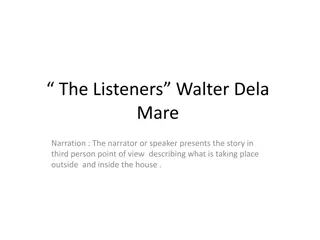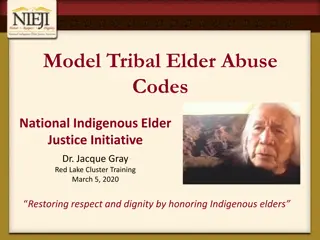INSTITUTIONALIZED & COMMUNITY DWELLING ELDERS
This study explores the impact of institutionalized versus community dwelling settings on the physical independence and lifestyle changes of elderly individuals. It discusses the differences in care, routines, and physical abilities between the two environments.
Download Presentation

Please find below an Image/Link to download the presentation.
The content on the website is provided AS IS for your information and personal use only. It may not be sold, licensed, or shared on other websites without obtaining consent from the author.If you encounter any issues during the download, it is possible that the publisher has removed the file from their server.
You are allowed to download the files provided on this website for personal or commercial use, subject to the condition that they are used lawfully. All files are the property of their respective owners.
The content on the website is provided AS IS for your information and personal use only. It may not be sold, licensed, or shared on other websites without obtaining consent from the author.
E N D
Presentation Transcript
INSTITUTIONALIZED & COMMUNITY DWELLING ELDERS DR. DOSS PRAKASH DEPT. OF COMMUNITY PHYSIOTHERAPY MGM INSTITUTE OF PHYSIOTHERAPY CHH. SAMBHAJINGAR
Change in lifestyle Bodily adaptations
Characters Institution Dwelling Community Dwelling Home flexible & adaptable setting Setting Institutional organized setting Operations Formal Informal Care givers Trained / Family members / relatives Professionals
Characters Institution Dwelling Community Dwelling Usually family members and spouses Company Fellow inmates Daily activities Structured Non-structured / Flexible Care Routine care with medical advice Depends on the family members
Characters Institution Dwelling Community Dwelling Active Physical independence Active / Limited Functional independence Limited Active Diet pattern Regular & routine Palatable & mixed
Characters Institution Dwelling Community Dwelling Better Body Strength Lesser Dynamic and static balance Lesser Better Aerobic Endurance Lesser Better community-dwelling elderly have better lower body strength, dynamic balance and aerobic endurance in comparison to institutionalized elderly of the same age group. Thus, it can be said that staying in institutions, in a restricted environment with less amount of physical activity has a negative impact on one's functional and physical independence.
Characters Institution Dwelling Community Dwelling Better Body Flexibility Better Agility Predominantly low Better agility Access to emergency Prompt access Delayed access
Characters Institution Dwelling Community Dwelling Parks / Gardens Group therapy Institution Physical activity Lesser Higher
Characters Institution Dwelling Community Dwelling Permanent Physical infrastructure Modified handrails, raised toilet seats, ramps Room Bed height adjusted, non- slippery floor Permanent Ventilation Adequate Cannot be customized
Characters Institution Dwelling Depressed Community Dwelling Not much depressed DEPRESSION LIFE SATISFACTION Lesser and feels dejected Greater life satisfaction QoL Lesser Better HRQoL Diminished Better





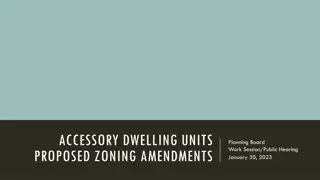
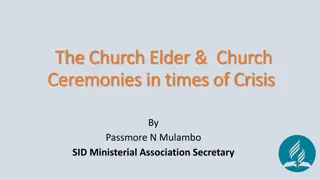
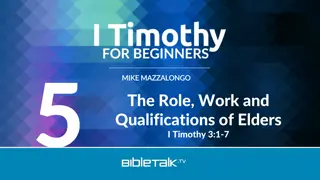



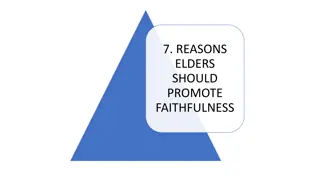
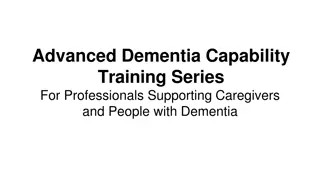

![Homeowner's Guide to Accessory Dwelling Units (ADUs) in [Jurisdiction]](/thumb/179471/homeowner-s-guide-to-accessory-dwelling-units-adus-in-jurisdiction.jpg)

